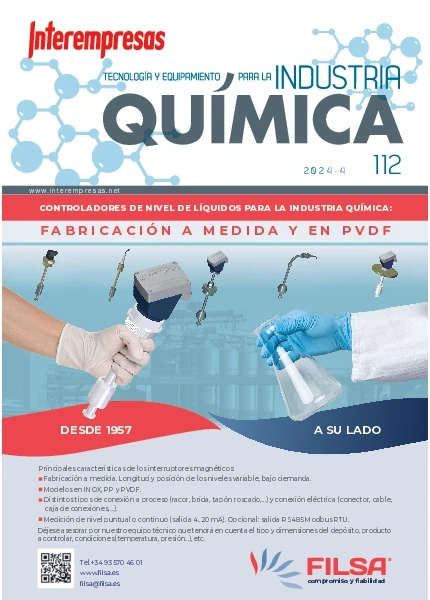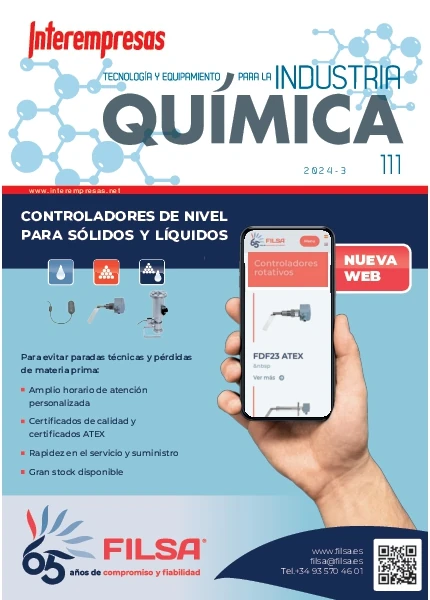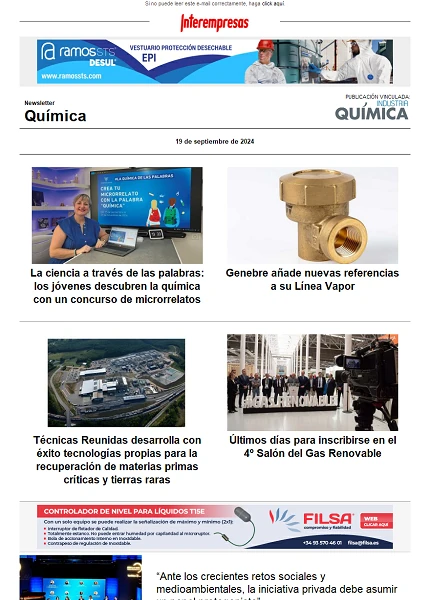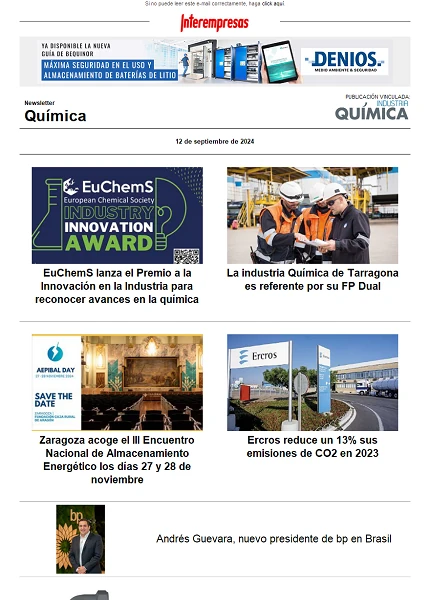A new type of chemical sensors is capable of detecting selectively polluting substances
February 16, 2010
"To check the properties of these heterociclos cromogénicas, di a rollover to my research to come up with those substances (probes cromogénicas), which change colour in the presence of pollutants." "And we do that: gave sensors specific towards a specific cation, such as mercury or copper, with the casio of anions, towards the cyanide" explains Pedro Fuertes.
The thesis of this burgalés, newly appointed Doctor by the University of Burgos, is an example of the practical applications that can have scientific research. "It's the eternal debate between basic science and applied." "Not only we have optimized structures, we have created something with a clear utility and therefore a possible sale," says María García Valverde, one of the directors of the thesis. "Where most successful probes of Pedro is in the detection of mercury, a prominent environmental pollutant," notes Professor Thomas Torroba. Mercury is abundant, for example, in areas which concentrate power plants, because, by burning coal, produce an emission of mercury that has just been dissolved in the water. This type of sensors will allow scientists to detect it.








































